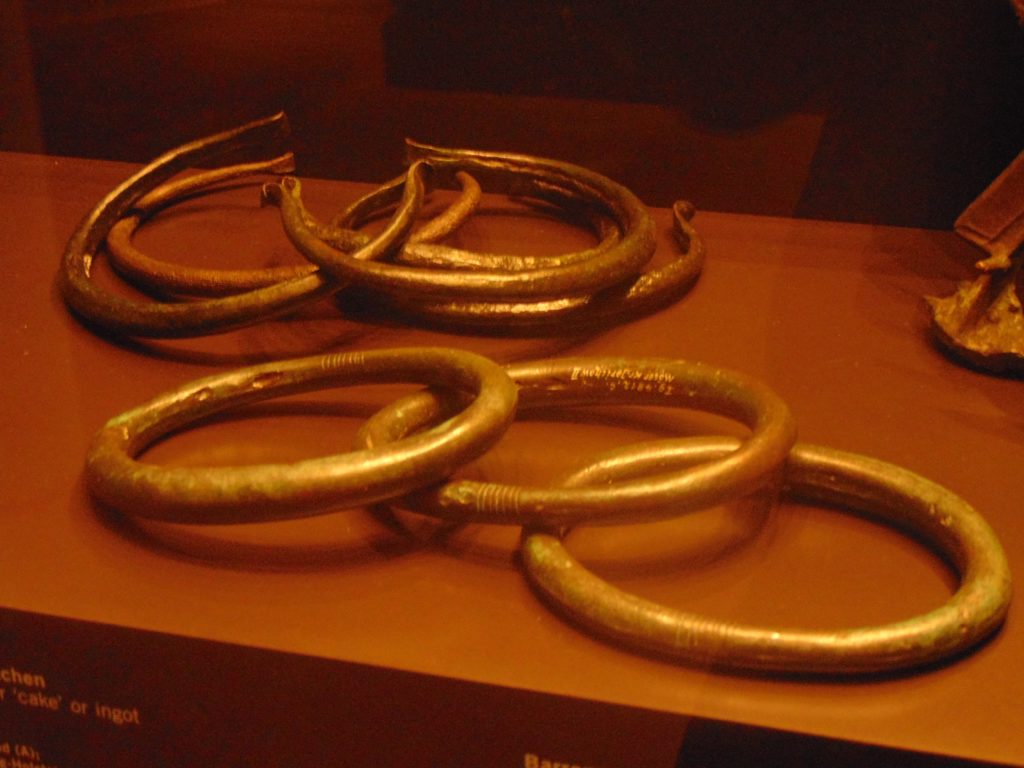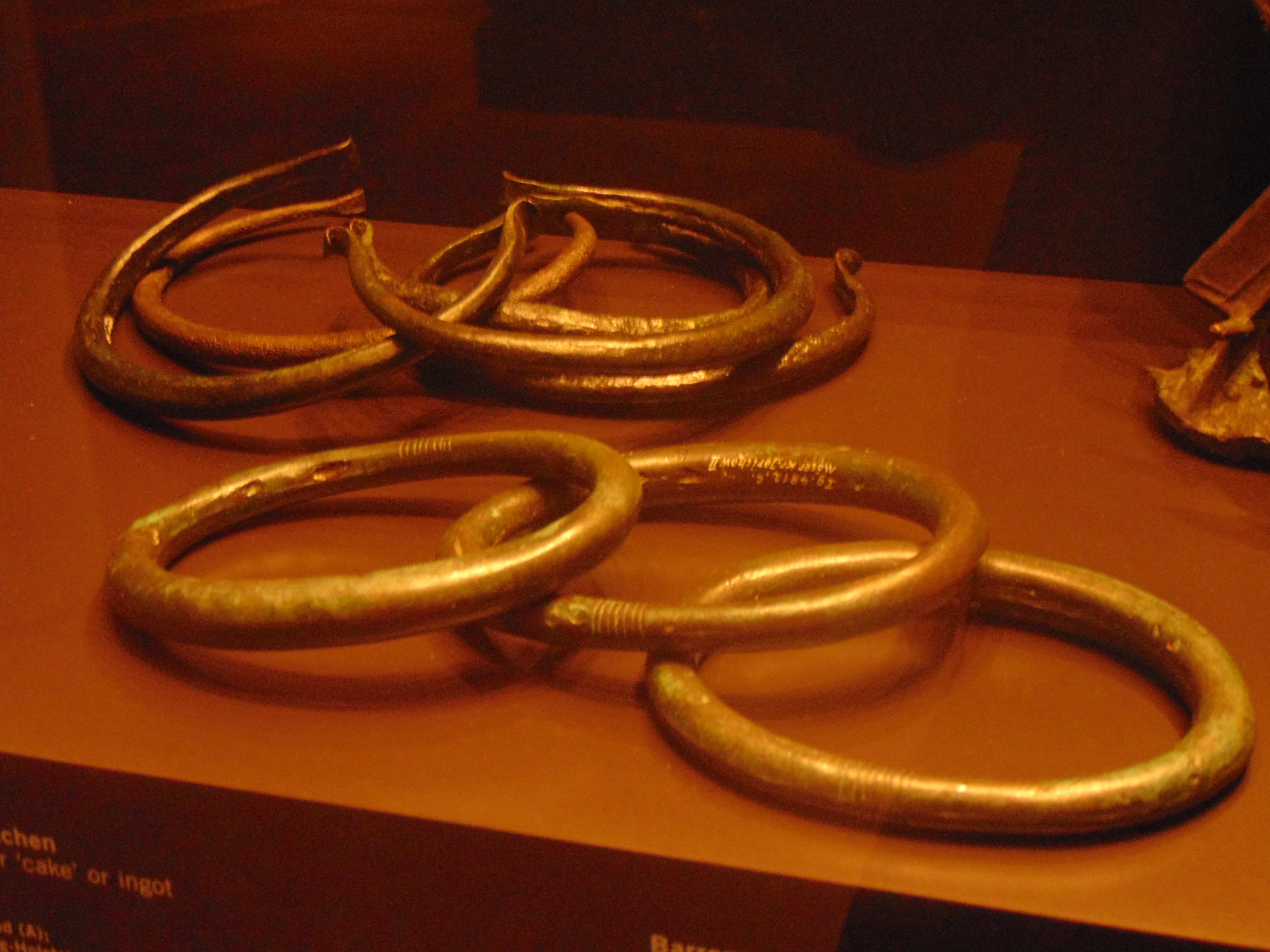
Ancient times are conceptually positioned at the opposite pole of modern times and this is why, according to our mode of reasoning, they would clearly come after modern times, Prussianly speaking, of course.
Naturally, no ancient would refer to his or herself as an ancient if not from the point of view of a later time and it is precisely in that way that, upon our island, the denomination of the New Museum preceded that of the Old Museum.
It is always up to later generations to call the world the world and to refer to its former inhabitants as “ancients.” Let us simply observe human civilization and what it produced before the birth of Christ (though we shall also have a look at later decades too) with its slow and cadenced rhythms. Valuable work always required a lot of time and patience. It was conceived by hand-workers who dedicated themselves throughout all the various phases of production in the same way that wise individuals dedicated themselves to their long reflections.
Just think of the celebrated Ishtar Gate of Babylon that has been reconstructed on the ground floor of the Pergamon Museum. How many years did it take to build and decorate, beginning in the 6th century BC, glazed brick by glazed brick, with its exquisite depictions of lions and oxen and how many of the faithful’s steps accompanied those lions every year on April 22 to honor Ishtar, the star, the Mesopotamian goddess, the most important of the sky gods, symbolically and simultaneously the goddess of love, war, and fertility?
We only know that to reconstruct it at the beginning of the last century – scraping away all the layers of salt in order to restore it to its splendid, famous blue while simultaneously recreating all the pieces of its mosaic – took more than ten years.
For a long time a certain cyclical and calm way of moving, a certain way of seeking certainty in the skies, was a constant within all of art and culture, Oriental and non-, even many centuries after the birth of Jesus and we might understand this rhythm to be one of the most beautiful characteristics of ancient times.
In the beautiful section dedicated to Middle Eastern art in the Pergamon Museum, you can admire exquisitely refined artifacts from the areas we today call Turkey, Iran, and Iraq. Patience, mastery, care, and time, lots of time, were the ingredients required to produce these splendid objects, symbols of elevated social status, of prosperous court life, of a luxury that was absolutely inconceivable in the Occident already centuries and millennia before the birth of Christianity.
If in the west time is money, than in the east time is much, much more and even more absolute and sensual.
At the entrance to the section of the Museum of Islamic Art, there is a large bronze washbasin dating from the 13th century done in the skillful art of damascening. Metal worked in this way was inlaid with various motifs and then more elegant materials like gold or silver were used to fill in the grooves, which in the end gave the object a chromatic effect that was multi-colored, brilliant, and refined.
Two rooms later, artifacts dating to the 9th century from the incredible city of Samarra, which extends along the Tigris River for more than thirty kilometers and which is now about a hundred kilometers from the city we call Baghdad, are on display. These were considered the first excavations in the Islamic Middle East. As you can read in the accompanying display texts, in Samarra in the 9th century, wall paper was made of stucco and decorated with vine shoots and leaves while later on the facades were protected or decorated with marvelous geometric and stylized mosaics featuring women wearing filigreed earrings and, as if it were nothing at all, pouring water and wine from the finest of jugs while serving food on finely wrought plates at the same time. The most beautiful friezes of the buildings resembled filigrees and the light passed through the blue and amber glass of the windows. With its mosques, its buildings, and its palaces, Samarra was practically the navel of the world. However, when you look closely, the splendid green, yellow, violet, and brown dishware of this city in reality were for the most part first imported from China, which, dating back to even more distant times, already possessed the art of working in porcelain that was then resold to wealthy people in the Middle East.
As a taste for the beautiful and a certain well-being became diffused among other classes, the importance of dishware grew. People in the Middle East therefore began to acquire white, unpainted plates in order to reduce the manufacturing costs and thought to paint them closer to modern-day Baghdad.
Blue was the color used to decorate the snow white Chinese porcelain most often and the first sign of this new, Middle Eastern taste. And it is precisely in Samarra in the 9th century that the great worldwide myth of blue and white porcelain, a bit casually and a bit, as we mentioned, out of the desire to save money, arose. How can you not be enchanted by the luminous ceramics of the medieval prayer niches – in gold, blue and white or turquoise, gold and black –, bright as they are thanks to being realized with alloys of copper and silver and baked at lower temperatures, but twice, and with a lot of patience.
Here you can see firsthand the beauty of the cobalt blue that emphasizes the golden borders, a combination that inspired European taste in the centuries to come, but which, again, was an exquisite invention from the Middle East.
Next, let us admire the gilded wood boxes made to house the Koran, the similarly gilded but red and blue colored lanterns meant for mosques, the delicate gold, red, blue, and azure panes of glass.
Seeing all of these marvelous works from so many centuries ago is an emotional experience that puts us back in contact with beauty, something which certainly doesn’t happen every day, and, as such, is one of the most sublime favors a visit to the Pergamon Museum can grant us and a great honor to boot.
The perfect conservation of an extremely delicate, 700-year-old glass bottle from the area somewhere between Syria and Egypt is a true miracle. It depicts twelve, polo-playing knights, is colored gold, azure, blue, red and green and managed to survive innumerable dangers. You see? Even polo is no Occidental invention and is an ancient sport indeed.
( Translated by Alexander Booth )
© L42 AG

